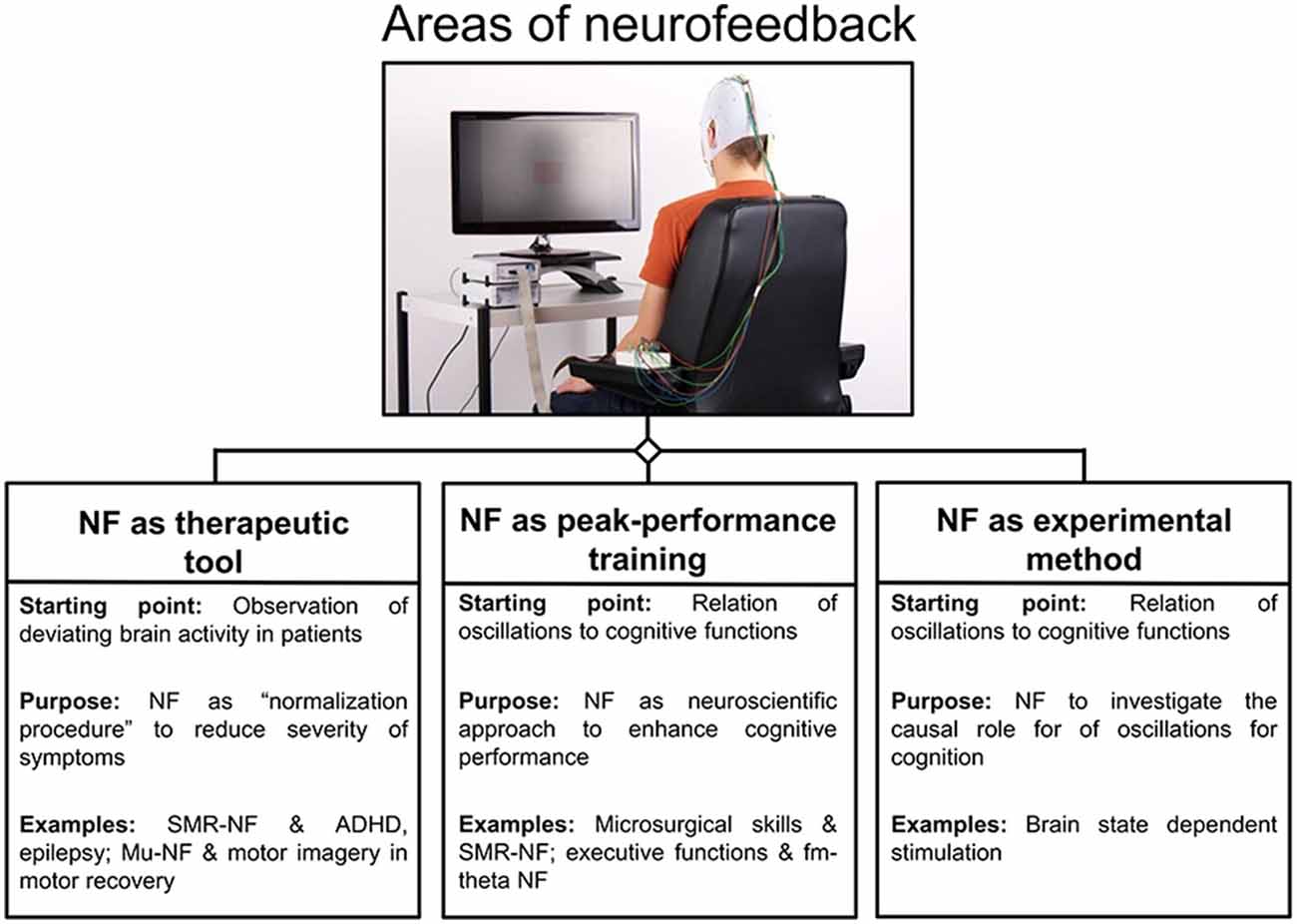Revealing the Mysteries of the Mind Through Quantitative EEG Brain Mapping Techniques in Mental Health Evaluation
Revealing the Mysteries of the Mind Through Quantitative EEG Brain Mapping Techniques in Mental Health Evaluation
Blog Article
Understanding the human mind is a challenging endeavor, especially when it comes to psychological health. Traditional methods of assessment often rely on conversations and surveys, which can sometimes overlook important details about how the brain operates. This is where quantitative electroencephalography, or qEEG, comes into the picture. qEEG is a specific method that measures electrical signals in the cerebrum. By examining these neural patterns, psychological health professionals can gain valuable insights into a individual's psychological state, helping to enhance assessment and treatment.
qEEG works by placing small electrodes on the head to record brain activity. These electrodes measure electrical signals produced by nerve cells, the units in the cerebrum that interact with each other. The data collected is then analyzed and displayed as a set of patterns. Each kind of brainwave—such as alpha, β, δ, and theta—relates to various mental states and functions. For instance, α waves are often linked with calmness, while beta waves are associated to active cognition and issue resolution. By examining these trends, healthcare providers can identify abnormalities that may indicate mental health concerns.
One of the major benefits of qEEG is its capability to provide objective data. Unlike conventional evaluations that rely on subjective accounts from clients, qEEG provides a distinct picture of brain function. This objectivity can help minimize prejudices in assessment and result to more accurate treatment plans. For instance, if a client is facing stress, qEEG can reveal specific patterns of neural function that are linked with stress disorders. This data enables mental health professionals to tailor interventions more effectively, whether it be through counseling, pharmaceuticals, or alternative approaches.
Additionally, qEEG can be especially useful in monitoring treatment progress. By conducting qEEG assessments at different points during therapy, clinicians can track changes in brain activity over time. This ongoing evaluation helps determine if a treatment is effective or if modifications are needed. For example, if a patient is not responding to a particular medication, qEEG may show that their brain activity has not changed in a way that indicates improvement. Learn More This feedback loop can lead to more personalized and effective psychological health treatment.
In summary, qEEG cerebral mapping is a potent instrument in the domain of psychological health evaluation. By providing objective information about brain function, it enhances the understanding of various mental health conditions. This technique not only aids in accurate diagnosis but also helps in monitoring treatment success. As psychological health experts persist to investigate the capabilities of qEEG, it possesses potential for enhancing the well-being of people facing mental health challenges. With ongoing research and advancements in techniques, the secrets of the mind may turn more apparent, resulting to better outcomes for those in need of support.